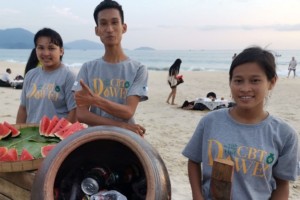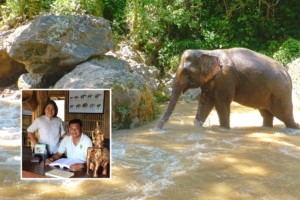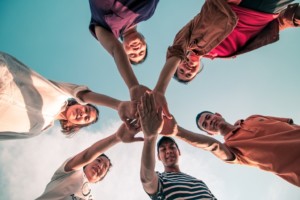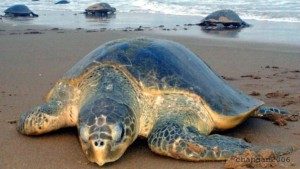How tourism & fishing help to save Irrawaddy dolphins in Myanmar
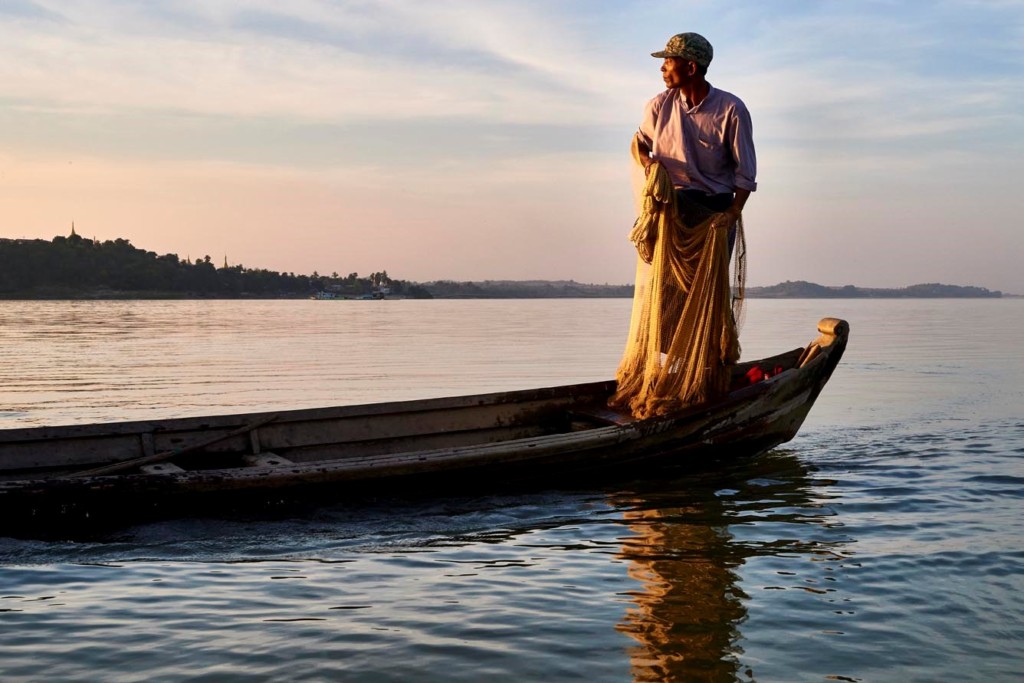
The Living Irrawaddy Dolphin Project (LIDP) is a social business supporting the protection of Irrawaddy dolphins in Myanmar’s Ayeyarwady Dolphin Protected Area. LIDP is developing a model for dolphin conservation through community-based ecotourism. Co-founder Paul Eshoo wrote this great “Good Tourism” Insight.
UPDATE, June 2021: Given the political situation in Myanmar and COVID-19 “GT” was concerned about the fate of LIDP. Prompted by “GT”, Mr Eshoo offered the following update to his January 2020 “GT” Insight:
There are now less than 80 Irrawaddy dolphins left in the river. And there are now less than 100 fishermen who are skilled in the traditional practice of co-operative fishing, which requires both dolphins and fishermen to use signals and calls to communicate with each other in their mutual pursuit of fish.
Due to the COVID-19 pandemic and the compounding issues of recent political instability, the Living Irrawaddy Dolphin Project’s tours have remained closed since March 2020. This has resulted in a significant economic impact on the families who normally rely on the project for supplemental income from tourism. The project has, however, continued to support conservation activities as best as the COVID-19 lockdowns and political shutdowns have allowed. These include the sustainable management of fisheries, patrolling for illegal fishing in co-operation with local communities, distribution of carbon-reducing cookstoves, and waste clean-ups in key public areas along the river.
Recently, to mark the end of what would have been the 2020 – 2021 tourist season (which saw no tourists) and to provide some relief to affected families for their lost tourism income, the Living Irrawaddy Dolphin Project distributed the remainder of its funds and donations collected for conservation activities over the past two tour seasons. The money was shared equally among the 165 members of its ecotourism and sustainable fishing and dolphin conservation groups from seven communities. Each family received MMK 20,000 (~ USD 12) to use for household items and food. This is not a lot but as much as the project could provide. In addition to providing cash, the project also made no-interest loans of piglets to the poorest community members as a way to provide alternative livelihoods and reduce pressure on the river’s resources. Ten families have received a piglet loan thus far.
The project is planning to continue providing food and other household items in the near future as donations are collected, and to make more piglet loans to more families with the aim of providing one piglet to every family. We must do what we can without tourism to protect the dolphins and to help local people. If you are interested in helping us help villages in the Ayeyarwady Dolphin Protected Area, please make a donation via our website. A donation of USD 50 can buy one piglet, USD 20 one carbon-reducing cookstove, or USD 15 or more for general support to local families for lost tourism income. For more information, email us.
Following is the original “GT” Insight from January 2020.
Irrawaddy dolphins are listed as an endangered species by the International Union for the Conservation of Nature (IUCN) with an estimated population of roughly 6,000 found across Asia. The dolphins can live in rivers and the ocean and are found mainly in coastal areas. The population in Myanmar’s Ayeyarwady River, from which the dolphin gets its name (the alternative “Irrawaddy” spelling), now has less than 80 individuals and is considered critically endangered.

What’s unique about Myanmar’s Irrawaddy dolphins is their relationship with local fisherfolk. Dolphins and fishers communicate and fish together, a practice referred to as “co-operative fishing”. This doesn’t happen anywhere else in Asia. But the tradition of co-operative fishing is in jeopardy as many fishers choose more modern, sometimes illegal fishing methods. Co-operative fisherfolk now number less than 100.
The Ayeyarwady Dolphin Protected Area was created in 2005. It is Myanmar’s first national aquatic protected area and now spans nearly 170km since being extended in 2019. However, threats to dolphins remain high along the heavily populated Ayeyarwady River, which remains one of the country’s most important transport ways and fisheries. Threats include electric fishing, long-gill nets and drift nets, pollution, boat traffic, and siltation.
As an initiative of the small tour company Living Irrawaddy Travel Services, Chit Htoo Wai and me started the Living Irrawaddy Dolphin Project at the end of 2017. We wanted to help fishing communities develop community-based tourism in order to reduce the use of illegal fishing methods and promote the tradition of co-operative fishing.

LIDP strives to include as many fishing communities and families as possible and now works with six communities and more than 80 individuals. Each community has set up a group for sharing the tourism work, which includes fishing boats to take tourists to see the dolphins and experience co-operative fishing; local food preparation; handicrafts; and local guides. The project has also designed tent accommodation on a river island, which is managed by one of the communities. We hope to continue increasing the number of communities and families benefiting from tourism as the business grows.
After the project’s first tourism season in April 2019, the Living Irrawaddy Dolphin Project secured a stretch of the river in co-operation with a local fish contractor to manage the area as a dolphin-friendly zone. Stricter rules for the area were created with input from local fishers to reduce the use of certain types of nets. In return for following the stricter fishing rules, and to incentivise dolphin conservation, the fishers in the area may fish for free. Normally a fee is charged by the fish contractor.

The project has since been supporting communities to patrol the area to keep out illegal drift nets and electric fishing. Financial support for this comes from revenue from the business. USD 4 per visitor per day is set aside for dolphin conservation activities and patrolling. (Tour pricing is USD 125 pp (one day), USD 185 pp (two days), USD 265 pp (three days).)
A social business, the project reinvests revenue into improving villagers’ tourism skills, including cooking and hygiene training, guiding training, handicraft design, as well as upgrading a community visitor centre. We also make an effort to be carbon-neutral, setting aside USD 1 per day per visitor for carbon offsetting activities. And we have become a Travelife Partner for our commitment to the environment.
The efforts of the Living Irrawaddy Dolphin Project cannot protect dolphins on its own, as that requires the full support of many stakeholders across a large river landscape. But hopefully these efforts can set an example, have a positive impact, and create a win-win for communities, visitors, and dolphins.
Featured image: On the Ayeyarwady River, Myanmar, fishing with Irrawaddy dolphins, fisherman waits for the right time to cast his net. Image by Andrea Pistolesi.
About the author

Paul Eshoo is a sustainable tourism advisor experienced in developing ecotourism programs in Southeast Asia and elsewhere. Paul’s main expertise is designing tourism programs that focus on conservation and reducing threats to biodiversity.
Paul graduated from UC Berkeley in Political Economy of Natural Resources and was a Peace Corps Volunteer in Nepal. He helped set up Laos’ first community-based ecotourism project, the UNESCO Nam Ha Ecotourism Project, which won the Equator Prize in 2006. And he pioneered WCS’ Nam Nern Night Safari in northeastern Laos, which won the World Responsible Tourism Award for Best Responsible Wildlife Experience Award in 2013, and the People’s Choice Award in 2014. Paul later became a Wildlife Conservation Society (WCS) regional conservation initiatives advisor based in Myanmar from 2014 – 2015. Paul has also served as an ecotourism planner in Cambodia with the International Crane Foundation; as a tourism SME advisor in Vietnam, Thailand, and China with the Asian Development Bank; and as an ecotourism development expert in Sierra Leone with the Royal Society for the Protection of Birds.


